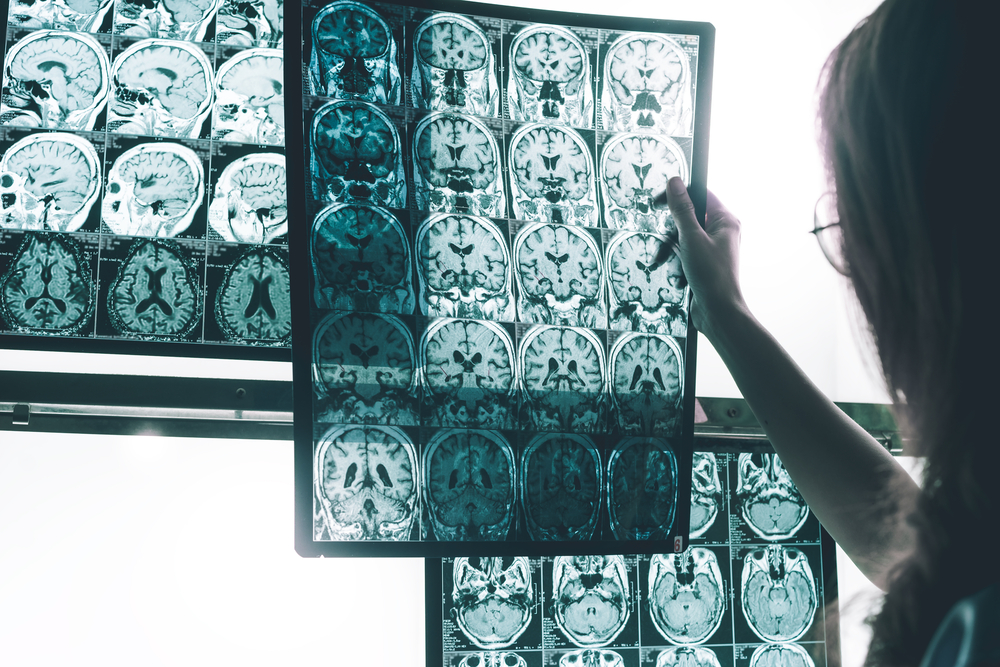The human body is an amazing, well-oiled machine – it pumps blood, digests food, and gets rid of waste. It also has powerful built-in healing abilities for nearly all tissues. But, when it comes to the brain, the body’s ability to heal damage to this complex organ is limited. This is because brain cells have limited regeneration capabilities after injury or illness.
But, researchers at Kyoto University in Japan think they can change that using stem cells.
Stem cells are the most fundamental building blocks of the body and the foundation for all its organs and tissues. Stem cells can regenerate themselves to make repairs after tissues and cells are damaged by illness or injury. After healing, these cells enter a state of hibernation, ready to work when called upon in the future.
However, the stem cells in the brain that develop into neural cells are hard to wake up when repairs are needed. Why?
Using mice, the Japanese researchers in the study have discovered the ebb and flow of how the genes of these cells are expressed and how this expression controls the waking of neural cells.
The study, which researchers believe is the first of its kind, was published in the journal Genes & Development.
The study compared active stem cells found in developing embryos with inactive, sleeping, or “quiescent,” adult stem cells in the brains of mice.
During their comparison, the researchers found that at least two genes and the proteins associated with these genes had previously been identified as regulators for neural stem cells’ sleep and wake activity.
Noting this, the researchers put their attention on a protein called Hes1. This protein is strongly expressed in adult cells, suppressing the production of another protein known as Ascl1. Ascl1 is produced in small amounts by adult stem cells.
By monitoring the production of these two proteins, the researchers were able to identify a wave-like pattern that causes the stem cells to wake up and differentiate into brain cells.
After identifying the pattern, the researchers edited the genetic code of the cells that triggered Hes1 production. This allowed the cells to produce more Ascl1. Increased levels of Ascl1 meant increased activation among all the neural cells.
The researchers hope their study can help heal brains damaged by injury or illnesses such as neurological disorders.
Neurological disorders are diseases of the brain, spine, and the network of nerves that connect them. The most commonly known neurological conditions are epilepsy, Parkinson’s disease, amyotrophic lateral sclerosis (ALS), Alzheimer’s disease, dementia, brain cancer, and stroke.
Neurological conditions frequently do not have cures, and their symptoms are life-altering in most cases.
“Many neurological conditions cause a decline in health, cognitive function and mobility in many cases,” said Dr. Bill Johnson, a Dallas, Texas, stem cell physician.
Although many neurological conditions do not have cures, stem cell therapy research is increasing in application for these conditions each year.
“We are just scratching the surface of what we can do with stem cells and understanding their potential,” Johnson said.
Source:
Kyoto University. “Prince Charming’s kiss unlocking brain’s regenerative potential? Kyoto University identifies ‘wake-up’ signal for deep-sleeping neural stem cells.” ScienceDaily. ScienceDaily, 10 May 2019.


